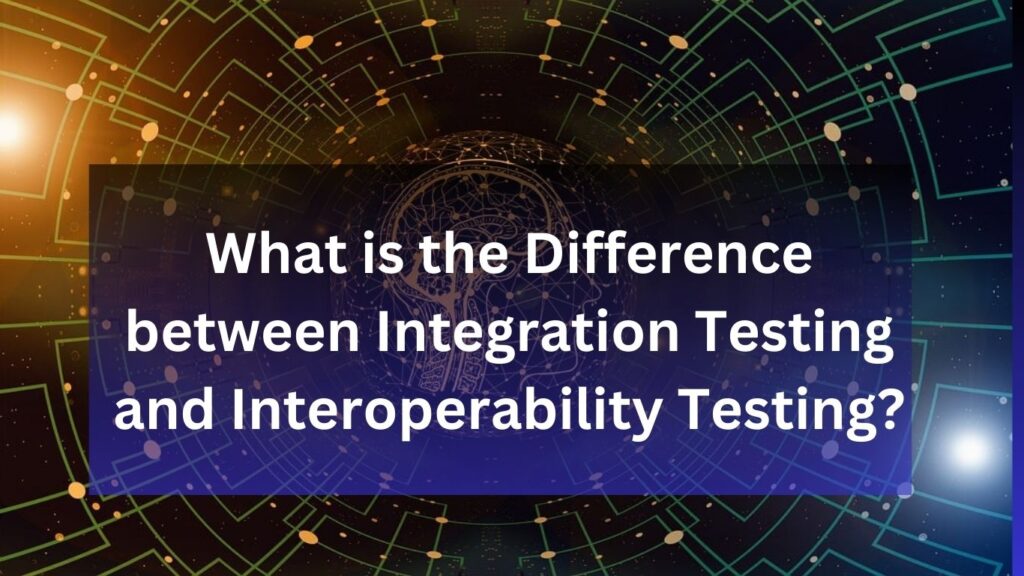Blockchain technology is becoming increasingly popular in various industries! Integration testing and interoperability testing have become essential for ensuring the success of blockchain-based projects. In short, integration testing is necessary to check how different components of a blockchain work together.

On the other hand, interoperability testing checks how different blockchains interact with each other. In this blog post, I am going to explain these in a lucid way so that you can understand them even if you do not have any technical knowledge about blockchain.
Integration Testing in Blockchain
Integration testing is the process of testing how different components of a blockchain system work together. In the blockchain, integration testing involves testing how different nodes, smart contracts, and other components interact with each other. The goal of integration testing is to ensure that all the components work together seamlessly and efficiently.
During integration testing, developers test various scenarios to ensure that the blockchain system is functioning as expected. For example:
- Developers test how the blockchain system handles transactions.
- How nodes communicate with each other.
- Test how smart contracts interact with the blockchain system.
Integration testing is important because it helps developers identify bugs before the system goes live. It ensures that the system works as expected and that all components are properly integrated with each other. It reduces the risk of system failures, security breaches, and other issues that could cause problems for users.
Interoperability Testing in Blockchain
Interoperability testing is the process of testing how different blockchain systems work together. The goal of interoperability testing is to ensure that different blockchain systems can exchange information and assets seamlessly.
During interoperability testing, developers test various scenarios to ensure that different blockchain networks can communicate with each other. For example:
- Developers may test how different blockchains handle cross-chain transactions
- How they handle different types of assets.
- Test how different consensus mechanisms work together.
Interoperability testing is important because it helps to ensure that different blockchain systems can work together seamlessly, which is essential for the success of blockchain projects.
It also enables users to exchange information and assets across different blockchain networks, which can help to increase the overall adoption and utility of blockchain technology.
3 Main Differences between Integration Testing and Interoperability Testing in Blockchain
While integration testing and interoperability testing are both important for ensuring the success of blockchain projects, there are some key differences between the two.
Focus
Integration testing focuses on testing how different components of a blockchain system work together, while interoperability testing focuses on testing how different blockchain systems work together.
Performance
Generally, integration testing is performed within a single blockchain network, while interoperability testing involves testing across different blockchain networks.
Working Process
Integration testing focuses on ensuring that all components of a blockchain system are properly integrated and working together, while interoperability testing focuses on ensuring that different blockchain networks can communicate and exchange information seamlessly.
Indeed, both types of testing are essential for ensuring that blockchain systems are efficient, secure, and functional. By performing both these testing, developers ensure that blockchain-based projects are successful and meet the needs of their users.

Rito is a professional technical and SEO content writer with ten years of industry experience. You can expect valuable and well-researched blogs on this website that meet your needs. If you are looking for a digital marketer or technical content writer, feel free to connect with him on social platforms.
